It is an injustice that turtles are blown up in the Gulf of Mexico because American oil companies choose a particular and inappropriate method for undertaking surveys before setting explosives. If they did underwater, rather than aerial surveys, it would be difficult to ever justify blowing up biological diverse artificial reefs that are old spent oil rigs.
Already a subscriber? Log in
Subscribe for just $2 a week
Try a month of The Spectator Australia absolutely free and without commitment. Not only that but – if you choose to continue – you’ll pay just $2 a week for your first year.
- Unlimited access to spectator.com.au and app
- The weekly edition on the Spectator Australia app
- Spectator podcasts and newsletters
- Full access to spectator.co.uk
Or

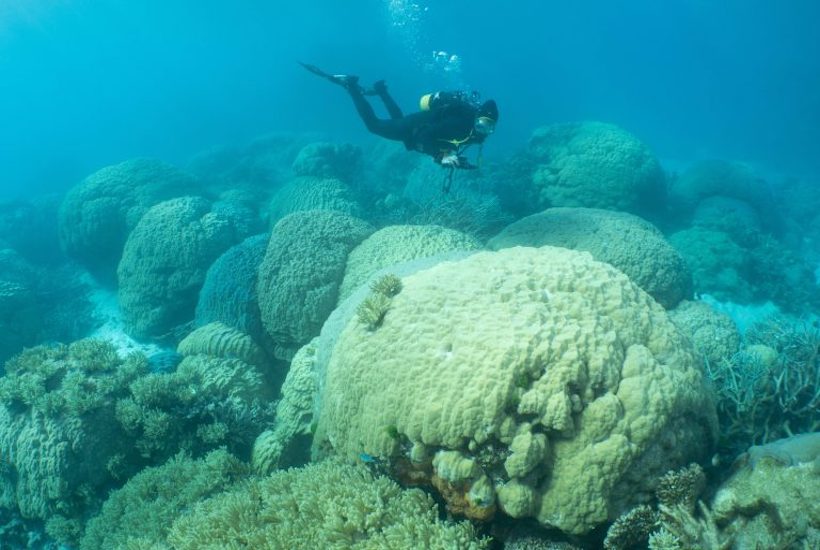
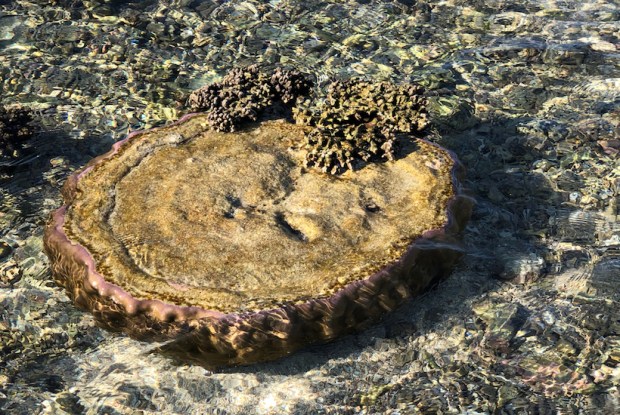
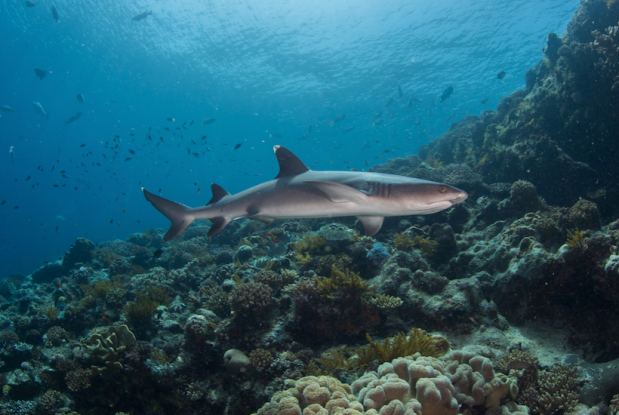
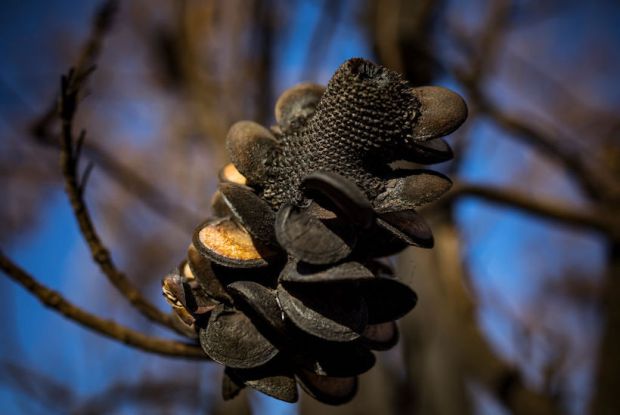
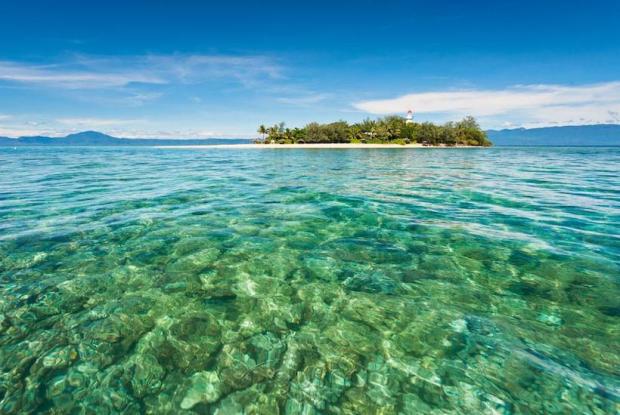
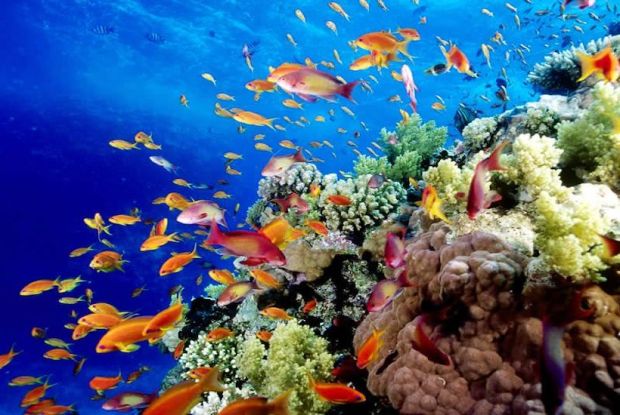
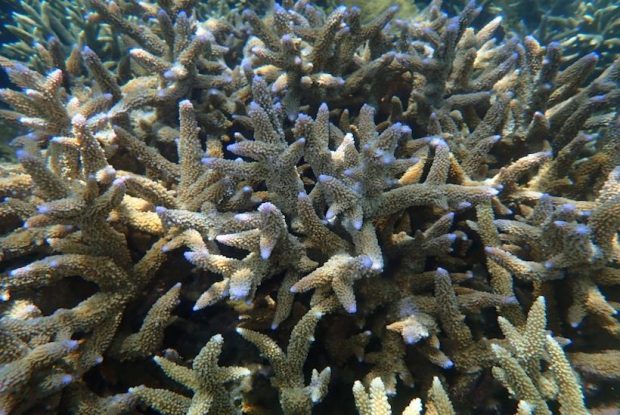


















Comments
Don't miss out
Join the conversation with other Spectator Australia readers. Subscribe to leave a comment.
SUBSCRIBEAlready a subscriber? Log in